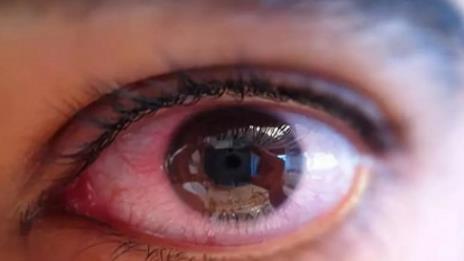找醫師
 https://cgmhoph.org/wp-content/uploads/2023/03/v2-47bdab0eebaf13399a4441e3a07834e9_1440w.jpg
261
464
yihshiou.hwang
/wp-content/uploads/2022/08/logo-03.png
yihshiou.hwang2023-03-28 11:51:192023-04-04 12:11:31What is uveitis?
https://cgmhoph.org/wp-content/uploads/2023/03/v2-47bdab0eebaf13399a4441e3a07834e9_1440w.jpg
261
464
yihshiou.hwang
/wp-content/uploads/2022/08/logo-03.png
yihshiou.hwang2023-03-28 11:51:192023-04-04 12:11:31What is uveitis? https://cgmhoph.org/wp-content/uploads/2023/03/v2-47bdab0eebaf13399a4441e3a07834e9_1440w.jpg
261
464
yihshiou.hwang
/wp-content/uploads/2022/08/logo-03.png
yihshiou.hwang2023-03-28 11:51:192023-04-04 12:11:31What is uveitis?
https://cgmhoph.org/wp-content/uploads/2023/03/v2-47bdab0eebaf13399a4441e3a07834e9_1440w.jpg
261
464
yihshiou.hwang
/wp-content/uploads/2022/08/logo-03.png
yihshiou.hwang2023-03-28 11:51:192023-04-04 12:11:31What is uveitis? https://cgmhoph.org/wp-content/uploads/2023/03/v2-47bdab0eebaf13399a4441e3a07834e9_1440w.jpg
261
464
yihshiou.hwang
/wp-content/uploads/2022/08/logo-03.png
yihshiou.hwang2023-03-28 11:04:472023-03-28 11:15:52Is uveitis/iritis contagenous?
https://cgmhoph.org/wp-content/uploads/2023/03/v2-47bdab0eebaf13399a4441e3a07834e9_1440w.jpg
261
464
yihshiou.hwang
/wp-content/uploads/2022/08/logo-03.png
yihshiou.hwang2023-03-28 11:04:472023-03-28 11:15:52Is uveitis/iritis contagenous? /wp-content/uploads/2022/08/logo-03.png
0
0
yihshiou.hwang
/wp-content/uploads/2022/08/logo-03.png
yihshiou.hwang2023-03-28 10:46:522023-03-28 10:48:26Please describe the indication, caution, and side effect of methotrexate use in uveitis and iritis patients
/wp-content/uploads/2022/08/logo-03.png
0
0
yihshiou.hwang
/wp-content/uploads/2022/08/logo-03.png
yihshiou.hwang2023-03-28 10:46:522023-03-28 10:48:26Please describe the indication, caution, and side effect of methotrexate use in uveitis and iritis patients https://cgmhoph.org/wp-content/uploads/2023/03/b986b6d7-18a4-402b-820f-7db4702f0137.png
261
464
yihshiou.hwang
/wp-content/uploads/2022/08/logo-03.png
yihshiou.hwang2023-03-10 11:50:452023-03-13 15:56:08AI算出能活多久? 一張眼底圖透露全身潛在疾病
https://cgmhoph.org/wp-content/uploads/2023/03/b986b6d7-18a4-402b-820f-7db4702f0137.png
261
464
yihshiou.hwang
/wp-content/uploads/2022/08/logo-03.png
yihshiou.hwang2023-03-10 11:50:452023-03-13 15:56:08AI算出能活多久? 一張眼底圖透露全身潛在疾病

